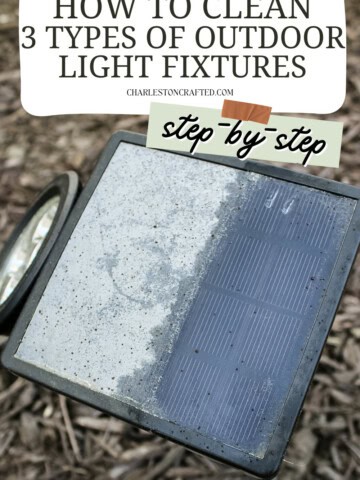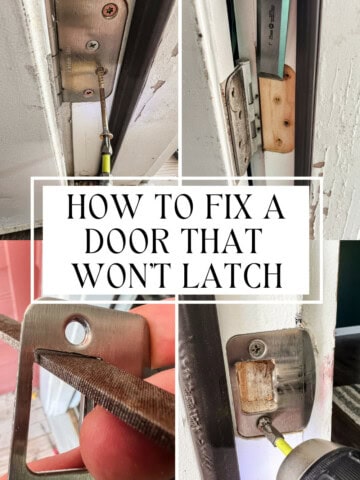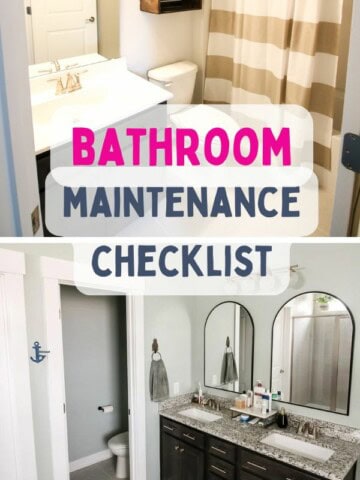Want to be sure to keep your home safe and your smoke detectors in working order? Here is a Essential Smoke Detector Maintenance Checklist for Homeowners!
Most homeowners know that you should have smoke detectors in your home for safety reasons. But, are you checking your smoke detectors regularly?
Smoke detectors are crucial components of your homes safety system, alerting you to potential fire hazard and giving your precious time to react.
Regular maintenance ensures they function optimally.
In this post, we'll walk you through a simple yet effective smoke detector maintenance checklist to keep your family and property safe.
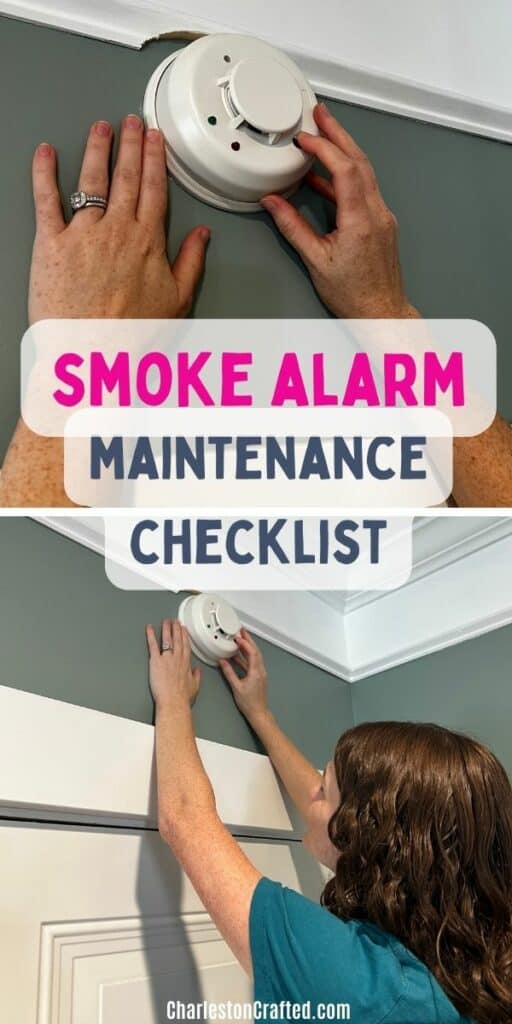
Understanding the Importance of Smoke Detectors
Smoke detectors perform a life-saving role in early fire detection. They can make all of the difference in your family having time to evacuate before it is too late to get out of your house during a house fire.
It is essential that you have smoke detectors on every floor of your home, and that you do just a very small amount of regular maintenance to ensure they perform reliably.
See all of our home maintenance guides!
Smoke Detector Maintenance Tasks
Smoke detectors really are very low maintenance. They're just a few tasks that homeowners should put on their checklist to do occasionally.
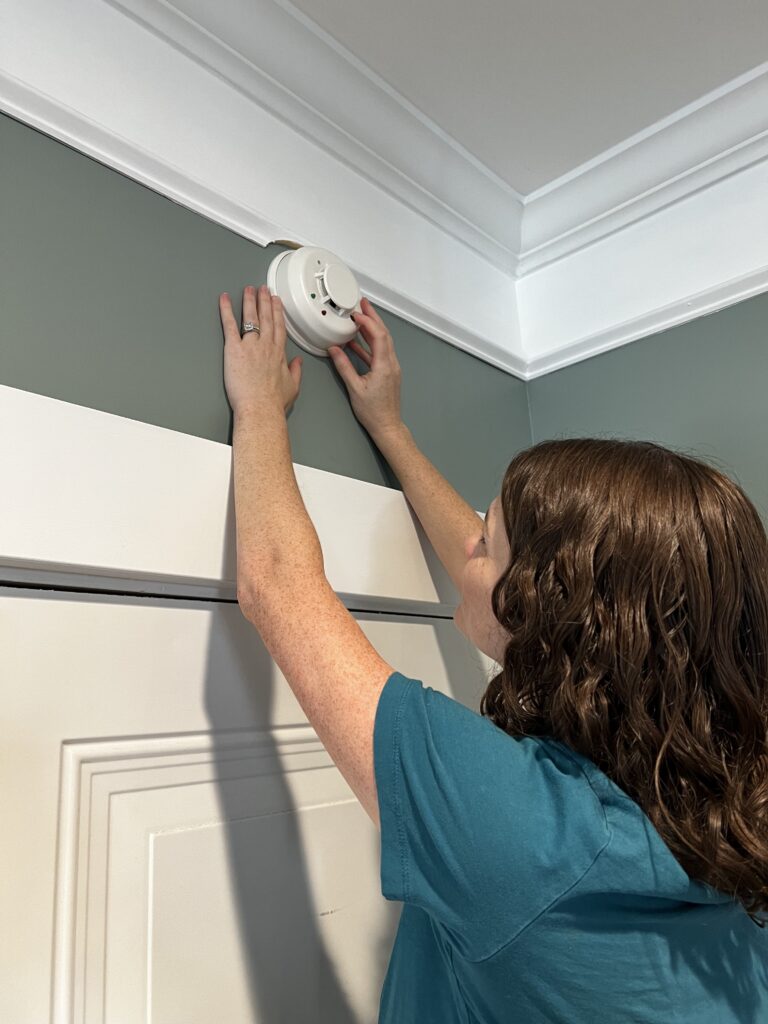
Monthly Testing and Inspection
It is highly recommended that you test your smoke alarms every month to ensure that the alarms are functioning.
Exact steps to test your smoke detector may vary but in general there is a button that says TEST really big on it and all you need to do is press the test button.
It should beep and indicate that it is working properly.
It could be a good idea once or twice a year to make your kids or family members stand there while you test an alarm so they can hear the beeping.
This way, there's no excuse if they hear beeping in the future that they did not realize that it was a smoke alarm.

Cleaning Your Smoke Detectors
Smoke detectors can naturally just get a little dusty and dirty. Dust and debris can affect sensor performance and keep your smoke detector from working its best.
My best tip is, when you are testing or changing your batteries in your smoke detector, to clean them gently with a soft brush or cloth.
Just wipe down the little graded area and wipe off the whole surface of the detector. It will have less than 15 seconds to your battery change or test.
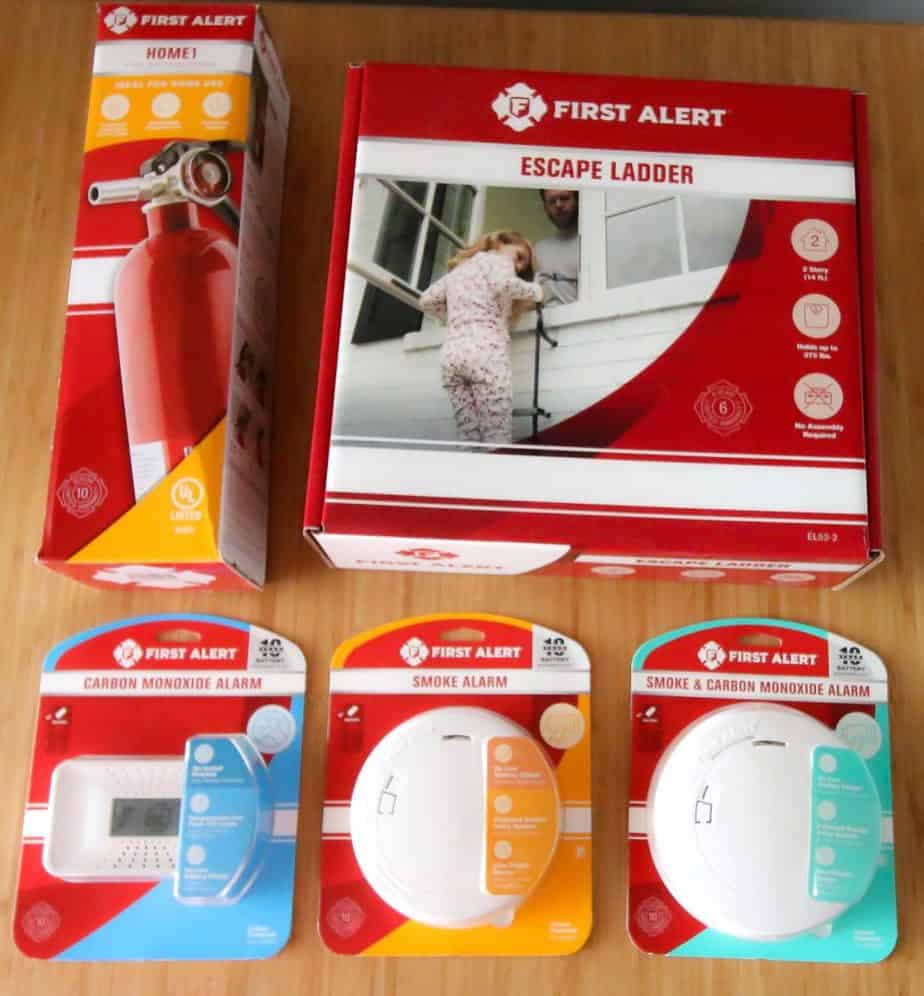
Changing Batteries Regularly
Smoke detectors can be either hardwired or use 9 V batteries. Battery operated smoke detectors should have their batteries changed at least once a year or as recommended by the manufacturer.
There's nothing more annoying than a chirping smoke alarm, and it's always in the middle of the night, so I definitely suggest changing them proactively.
An easy way to remember to change your smoke detector batteries twice a year is to change them when daylight savings time happens.
Yearly Professional Inspection
The National Fire Protection Association (NFPA) suggests that fire alarm systems be inspected a minimum of once a year by a qualified technician. While this is not necessarily typical for residential homes, it can be a great idea.
Professionals check for issues beyond homeowners' capabilities, such as sensor calibration.
If you have a home security company, reach out to them to see if this is a service that they offer.
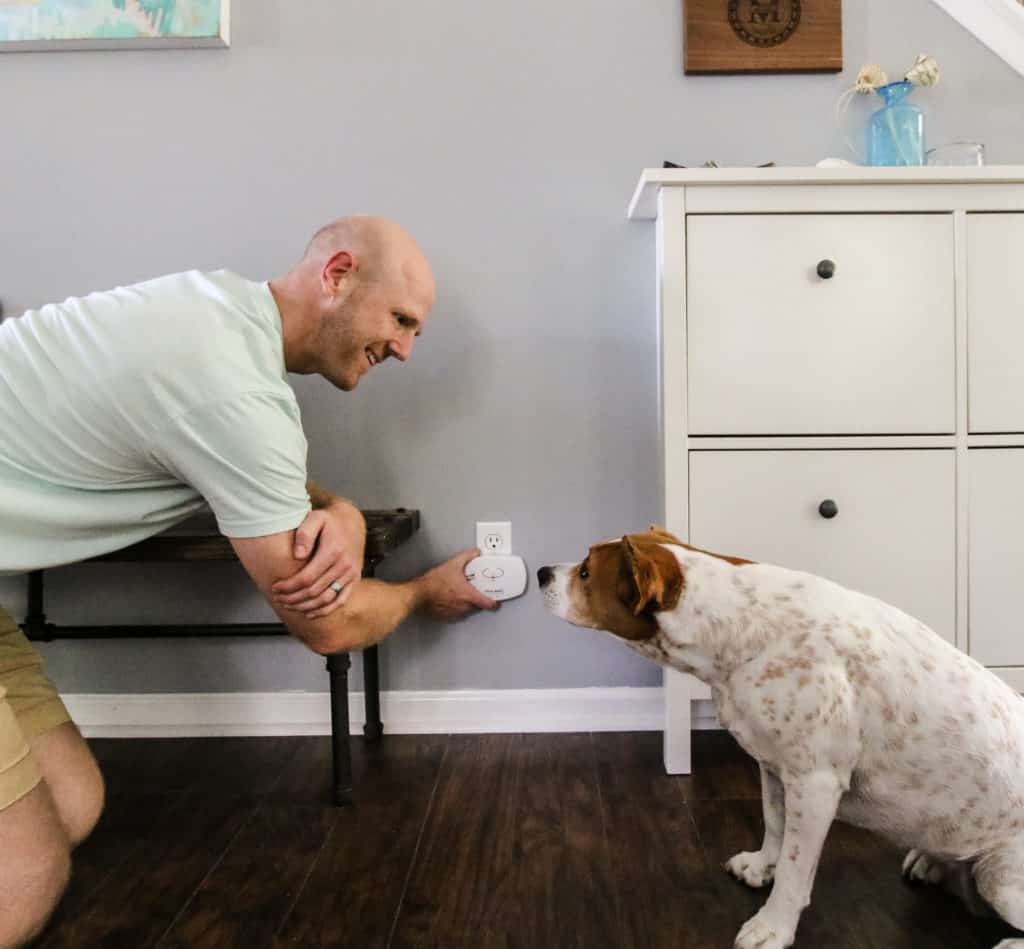
Placement and Additional Tips
It is important that smoke detectors are placed appropriately to be as effective as possible. If you are replacing smoke detectors, this could be a good time to consider a new placement for them.
The best place for a smoke detector is on the ceiling. On the walls, they should be between 4 and 12 inches from the ceiling.
Here are some placement recommendations:
- Hallways - centered on the ceiling, one per 30 feet of hallway.
- Bedrooms - one per bedroom, near the entrance to the bedroom.
- Living room - on ceiling, away from corners. Do not place near ceiling fans, air vents, or windows.
- Basement - on the ceiling at the bottom of the stairs leading to upper levels and in each room.
- Garage - on the ceiling near the entrance to the house from the garage
- High risk areas - place near areas with potential fire hazards, such as a furnace or water heater.
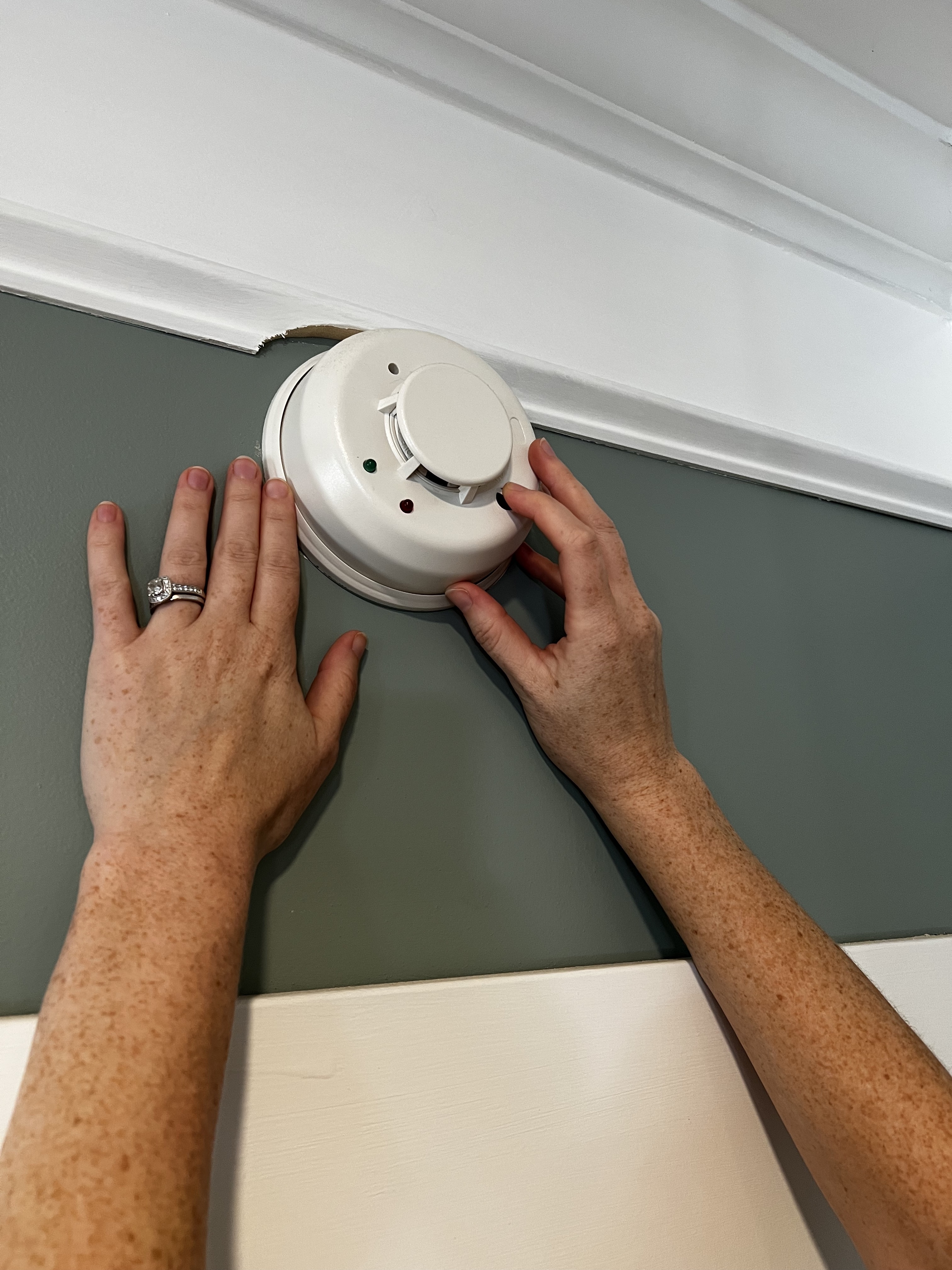
Emergency Evacuation Plan
As I've mentioned, smoke detectors are important to notify you when there's smoke, and potentially fire in your home. However, smoke detectors are just a part of the overall safety plan for your home.
It is essential to create and regularly practice a fire evacuation plan.
Make sure that everyone in your family knows the different ways to get out of your home in case of an emergency, and establish a meeting point slightly away from your house in case of fire.
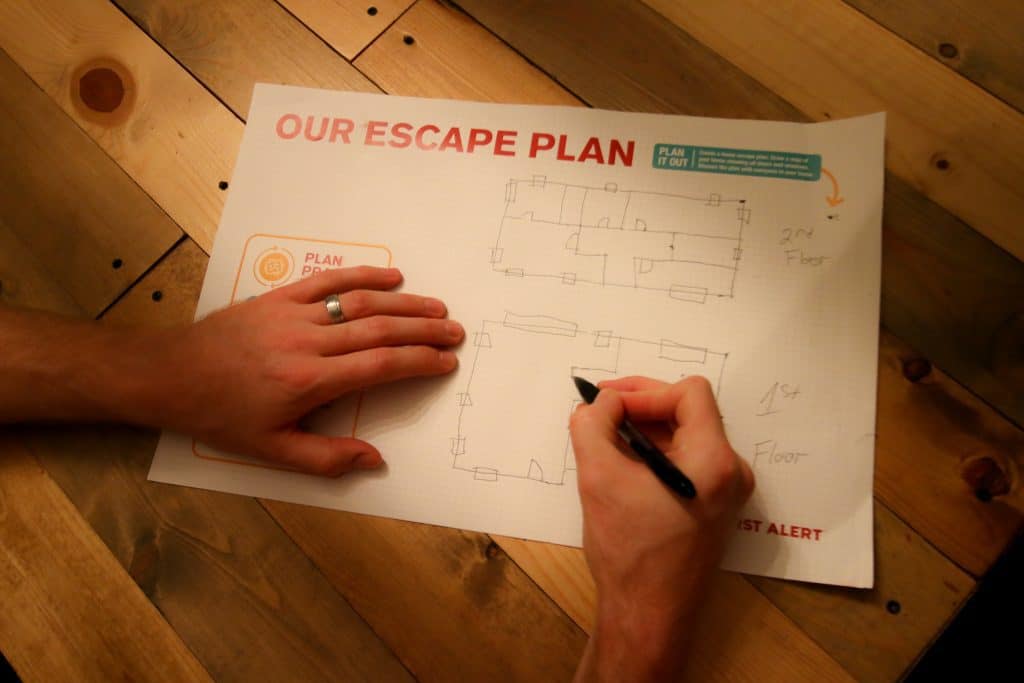
Updating Old Detectors
Each manufacturer has different recommendations, but generally you should replace your smoke detectors every 10 years.
If you were moving into an older home, and you are unsure of the age of the smoke detectors, it is usually safer to go ahead and replace them at that time.
Even if smoke detector still work, there are tons of technological advancements in newer models, such as dual sensor detectors.
It's important to stay up today with the latest safety technology – it could save your life.
Smoke Detector Maintenance Checklist for Homeowners
Get our free PDF printable Smoke Detector Maintenance Checklist for Homeowners! This is a perfect addition to your home maintenance binder!
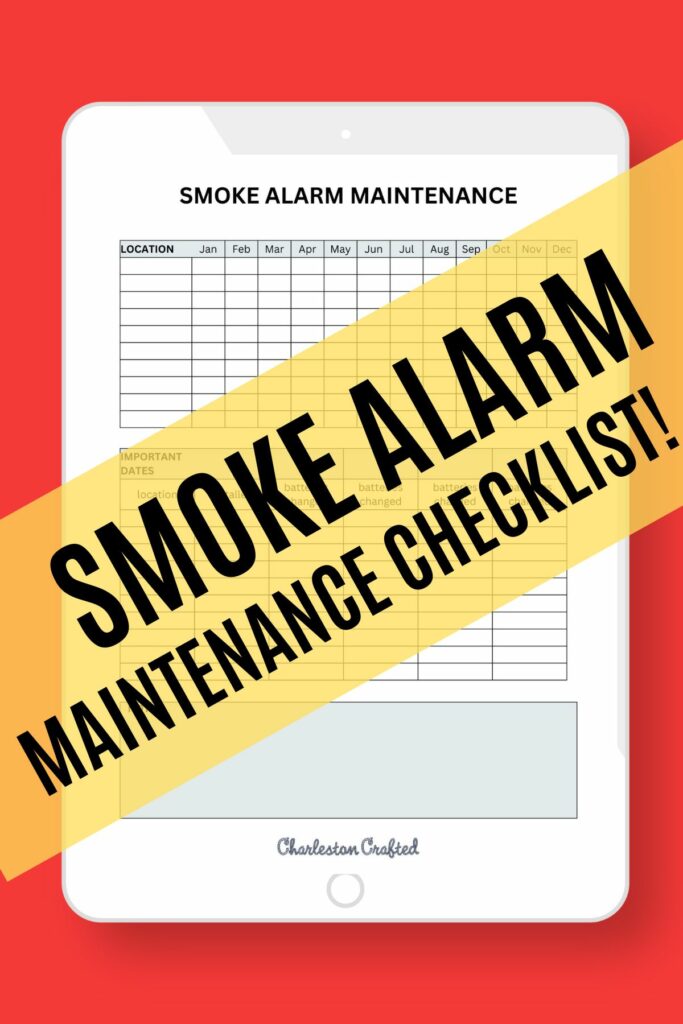
Any more questions about Smoke Detector Maintenance?
Looking for something?
We've been doing this since 2012 so we have a LOT of blog posts!
Search stuff like: Ceiling Projects | DIY Plant Stands | Thrift Flips


Hello, I'm Morgan, half of the creative force behind CharlestonCrafted.com! With a passion for DIY that dates back to 2012, I've transformed three homes and now I'm dedicated to helping others craft their dream spaces. Let's turn your house into a home together!



